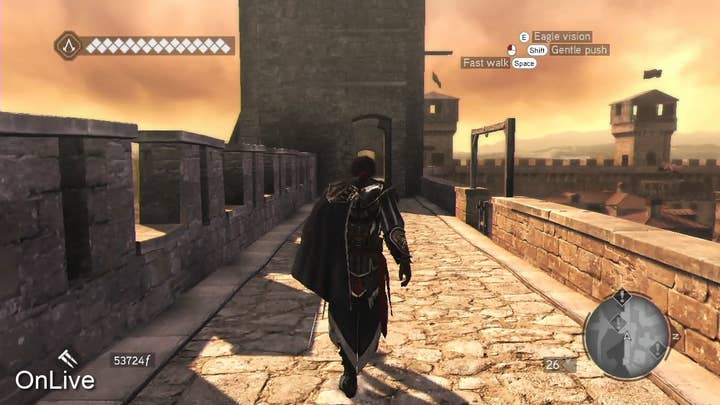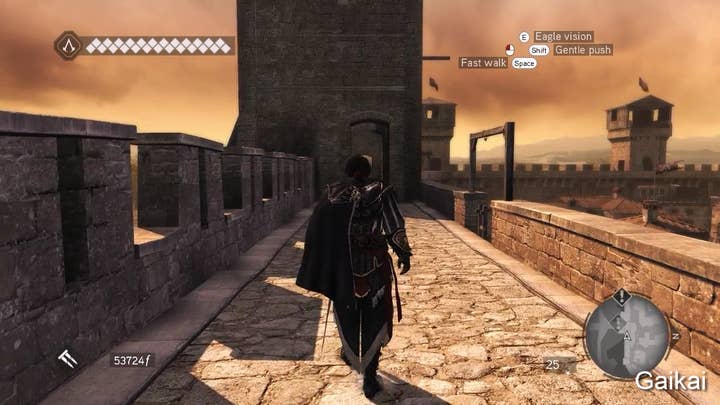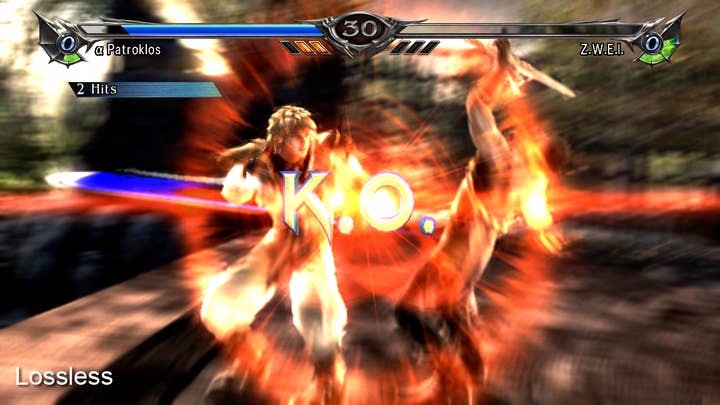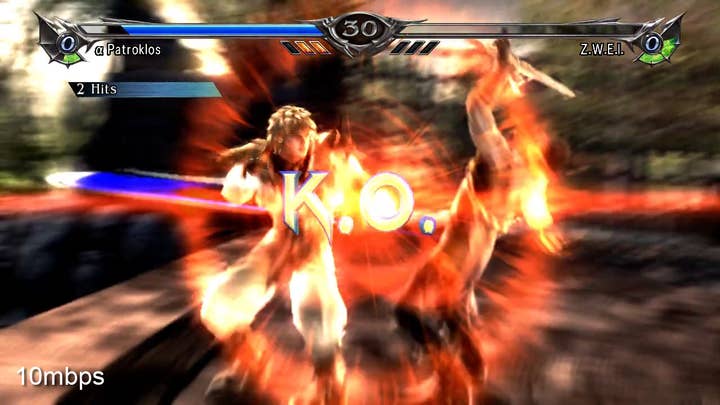Tech Focus: Next-Gen Cloud vs. Console
Can "Gaming over IP" ever match the local gaming experience?
The recent announcement of GFACE - a social media network with Cloud support, backed by Crytek - demonstrates that the concept of "gaming over IP" is likely to gain further traction as viable competition to both current and next-gen consoles. OnLive is out now with a full service, Gaikai is set to follow suit this year, and while there's a strong argument that these emerging technologies are not really a match for the local console experience, it's only fair to remember that these are first-gen technological products. They will improve, and even in the here-and-now they do work, even if the experience is quantifiably sub-optimal compared to local gaming.
"Picture quality and input latency are the key elements holding back Cloud gaming performance. To what extent can they be improved over time?"
The question is, to what extent can Cloud gaming services improve? Much has been made of the fact that even with ultra-fast fibre-optic networks, latency will always be an issue. Similarly, lossless video quality requires so much bandwidth (720p60 is well over 100 megabytes per second) that it's not going to be viable on gaming services. Given that video will always be compressed, to what extent can picture quality - which varies dramatically from one instant to the next - get better?
In this article we'll be tackling both of these issues, presenting the argument that improvements to internet infrastructure combined with optimising the current latency pipeline could well be enough to bridge the gap between Cloud services and what you might call a standard console experience.
The picture quality issue is perhaps the easier aspect to address. At the moment the standard appears to be to transmit a 720p video stream at 60 frames per second using around 5mbps of bandwidth. Having worked extensively with h.264 video - the same system used by Gaikai and OnLive - that seems to be a very low level of bandwidth for a 60FPS stream, and it's safe to say that this encoding technique performs extremely poorly with certain games: playing titles such as Space Marine on OnLive is a pretty hideous experience all told. The bottom line is that the more motion and colour in play, the more bandwidth is required to sustain quality. In short, some games will look great, others will look terrible.




Improvements in compression technology can help of course. While both OnLive and Gaikai use h.264 compression, the encoders behind them at the datacentres are very, very different. The recent addition of Assassin's Creed: Brotherhood on Gaikai gives us an excellent opportunity to compare the two Cloud services in terms of picture quality. Gaikai's use of the widely acclaimed x264 encoder, used by YouTube and Facebook amongst a multitude of others demonstrates that at the same approximate levels of bandwidth, image quality gains can be seen.
Similarly, the introduction of Crytek into the Cloud scene is intriguing. Previously the company has revealed some of its thoughts on optimising video compression by integrating it into the game itself, allocating bandwidth according to the most important elements of the scene rather than treating the frame as a simple 2D image to be compressed and beamed over the internet. In short, the game engine knows more about the make-up of the scene than an external compressor, so in theory it could do a better job of encoding it.
However, at the end of the day, I suspect that this is a problem that will simply be overcome by brute-force alone. As infrastructure radically improves, so the available bandwidth will increase and the cost of utilising it will be forced down. If OnLive works at 5mbps - albeit with plenty of issues - imagine what could be done by upping that to 10mbps. With BT recently announcing 330mbps trials in the UK, and arch-competitor Virgin already offering end-users a 120mbps product, why stop there? Why not go up to 20mbps or even beyond?
Both Gaikai and OnLive have demonstrated utilising this extra bandwidth for 1080p and stereoscopic 3D support, but I would suggest that employing it to improve image quality is perhaps a better way forward. To illustrate, here's an excerpt of what I would deem to be pretty challenging video, encoded using x264 (the same technology behind Gaikai) at 5, 10, 15 and 20mbps. While the actual encoding settings won't be identical to what Gaikai is using, it does demonstrate the basic problem and the effectiveness of the brute-force solution. At its heart, video compression is all about using data efficiently to describe the difference between frames. On a basic, fundamental level, the more bandwidth available, the more accurately the changes can be rendered from one image to the next.




So if we're looking at a combination of better encoders and more bandwidth to overcome the image quality issues, what about the response issue? Latency will always be the key challenge with Cloud-based services - the speed of limit is a bit of a pain in the arse in that regard - but even in this regard we could see tangible improvements in the coming years. Let's take a look at how latency is tackled in the here and now and factor in potential elements that could see this improved.
